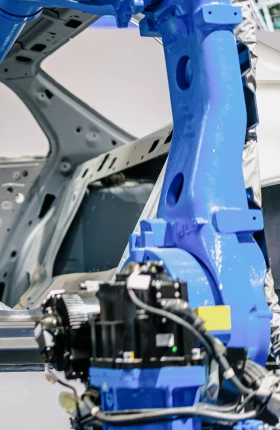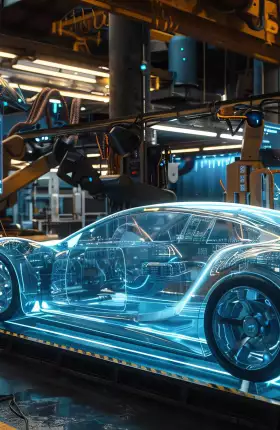Right now, many traditional automakers in the US, Europe, Japan, and South Korea are struggling to keep up with the rapid advances of Chinese original equipment manufacturers (OEMs).
The preference of customers in China has shifted toward new electric vehicles made locally. At the same time, many traditional OEMs are facing both weak demand and increased competition in their home markets, especially in Europe and North America.
That means the structure of the auto industry is fundamentally changing, as reminiscent of the rise of the Japanese carmakers in the 1980s and 1990s.
The So What
“These challenges are not temporary, but structural,” says BCG managing director and senior partner Felix Stellmaszek who leads the firm’s global automotive and mobility sector.
“It’s critical for traditional OEMs to press the reset button, fundamentally restructure their operating models to boost profitability on their home turf, and rewrite their strategies to win.”
Some OEMs, especially in Europe, have relied on making a significant proportion—sometimes up to 50%—of their profits from sales in China in recent years. However, this is no longer sustainable.
Meanwhile, there is little-to-no-growth in some western markets with overall demand largely flat, and a slower than expected transition to battery electric vehicles.
In addition, traditional OEMs face increased competition from Tesla, and Chinese automakers such as BYD that are positioning themselves to grow market share overseas by setting up local manufacturing hubs in locations that will avoid import duties.
“Western automakers need to adjust to a new reality with only limited growth in traditional markets excluding China,” says Albert Waas , who leads BCG’s automotive sector in Europe.
“However, once operating models have course-corrected to this reality, traditional OEMs continue to have strengths that will enable them to adapt and scale, leveraging their industrialization capabilities, brand power, and well-established sales and aftersales networks.”
Now What
How can traditional OEMs reposition themselves for success?
- Restructure to make money in core domestic markets. This includes resetting the balance sheet, rebalancing portfolios, adjusting capacity, and driving performance excellence.
- Rewrite strategy and operational plans to reflect core competencies. This includes identifying the right footprint to serve regionally and claiming relevant control points in R&D and supply chain.
- Rethink collaboration and partnerships models. A period of intense competition, inflation, and margin pressures has sometimes turned OEMs and suppliers against each other. In a tough market, OEMs should consider partnering with technology and software players, and potentially with electric vehicle startups.
- Realign with regulators. The regulatory burden is increasing in many areas due to labor costs, safety regulations, and emissions targets. At the same time, the auto industry drives 5% of GDP in several large economies. OEMs and regulators will need to work together to deliver safe and clean transportation to the population in a way that also allows OEMs to stay competitive and profitable.
- Redesign the business model for a new geopolitical reality. Tariffs are redefining the structure of the auto industry: there is low affordability of vehicles in regions with high tariffs, and high price competition in regions with low tariffs. Each situation will require refining the business model to match the market dynamic, for example through leasing, or innovative finance.
- Rewire business models for speed and innovation. A Chinese OEM can typically launch a new vehicle in ~24 months, while some incumbents take 4–6 years to launch new vehicles. With regulations and consumer expectations shifting quickly, traditional OEMs will need to rewire their operating models for significantly faster decisionmaking and product launches.
“The way that global market dynamics are changing means the structure of the industry is likely to experience deep and lasting changes,” says Aakash Arora , who leads BCG’s automotive sector in North America.
“Now is the time for traditional automakers to ensure they are developing strategies to be successful in this new era of global competition.”






